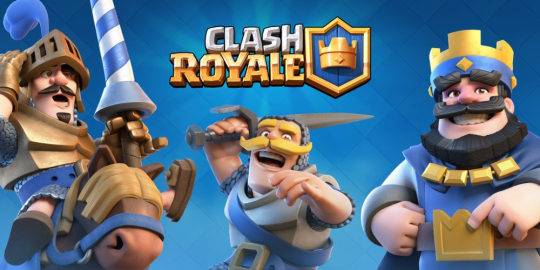
In the fast-paced world of Clash Royale, victory hinges on more than just quick reflexes and timely card play. The foundation of any successful strategy lies in the careful construction of your deck, a task that requires both foresight and adaptability. A well-crafted deck can elevate your game, turning close matches into triumphs and securing your place atop the leaderboards. Whether you're a seasoned veteran looking to refine your approach or a newcomer eager to make your mark, understanding the core principles of deck building is essential. In this article, we'll explore five critical tactics to help you assemble a deck that's not just formidable but practically unbeatable.
Understand Your Win Condition

Identifying your win condition is the cornerstone of any effective Clash Royale deck. The win condition refers to the primary method by which you plan to damage and eventually topple your opponent's towers. Common win conditions include heavy hitters like the Golem or the Royal Giant, which can absorb a great deal of damage while dealing significant destruction. Alternatively, fast and agile cards like the Hog Rider can serve as your win condition by darting toward the enemy towers and delivering quick, impactful hits.
Once you've chosen your win condition, every other card in your deck should support it. If your strategy revolves around a heavy tank, cards that summon swarms or air units can be invaluable for protecting it during its slow advance. Conversely, if you're relying on a nimble attacker, consider including spells that can clear the path or troops that can distract or neutralize potential threats. By tailoring your deck to enhance and protect your win condition, you'll ensure that your offensive efforts aren't in vain.
Balance Your Elixir Cost

Elixir management is a crucial aspect of Clash Royale, and the average elixir cost (AEC) of your deck can make or break your game. A deck with a high AEC might pack a powerful punch, but it can leave you vulnerable to quick-cycle decks that outpace and overwhelm you. On the other hand, a deck with a very low AEC may lack the firepower to push through an opponent's defenses.
Striking the right balance is key. A balanced deck typically features a mix of low, medium, and high-cost cards, allowing you to respond to a wide array of threats and opportunities. Keep in mind that your AEC should also complement your playstyle—if you prefer fast-paced, aggressive play, a slightly lower AEC may suit you better. Conversely, if you're a player who values control and patience, a slightly higher AEC might align with your strategic goals. Regularly review and adjust your deck's elixir cost to ensure it remains efficient and versatile in battle.


